Hyundai Tucson vs Suzuki S-Cross – Which model is better for everyday use?
Both models have their strengths – but which one suits you more?
Compare performance, efficiency, price and space directly: Hyundai Tucson or Suzuki S-Cross?
Costs and Efficiency:
Price and efficiency are key factors when choosing a car – and this is often where the real differences emerge.
Suzuki S-Cross has a decisively advantage in terms of price – it starts at 21800 £, while the Hyundai Tucson costs 30600 £. That’s a price difference of around 8872 £.
Fuel consumption also shows a difference: Hyundai Tucson manages with 1 L and is therefore significantly more efficient than the Suzuki S-Cross with 5.10 L. The difference is about 4.10 L per 100 km.
Engine and Performance:
Power, torque and acceleration say a lot about how a car feels on the road. This is where you see which model delivers more driving dynamics.
When it comes to engine power, the Hyundai Tucson has a clearly edge – offering 252 HP compared to 129 HP. That’s roughly 123 HP more horsepower.
In acceleration from 0 to 100 km/h, the Hyundai Tucson is noticeable quicker – completing the sprint in 7.90 s, while the Suzuki S-Cross takes 9.50 s. That’s about 1.60 s faster.
In terms of top speed, the Suzuki S-Cross performs barely noticeable better – reaching 195 km/h, while the Hyundai Tucson tops out at 194 km/h. The difference is around 1 km/h.
There’s also a difference in torque: Hyundai Tucson pulls distinct stronger with 367 Nm compared to 235 Nm. That’s about 132 Nm difference.
Space and Everyday Use:
Beyond pure performance, interior space and usability matter most in daily life. This is where you see which car is more practical and versatile.
Both vehicles offer seating for 5 people.
In curb weight, Suzuki S-Cross is to a small extent lighter – 1280 kg compared to 1520 kg. The difference is around 240 kg.
In terms of boot space, the Hyundai Tucson offers distinct more room – 620 L compared to 430 L. That’s a difference of about 190 L.
In maximum load capacity, the Hyundai Tucson performs distinct better – up to 1799 L, which is about 569 L more than the Suzuki S-Cross.
When it comes to payload, Hyundai Tucson evident takes the win – 545 kg compared to 405 kg. That’s a difference of about 140 kg.
Who comes out on top?
Overall, the Hyundai Tucson shows itself to be leaves the rival little chance and secures the title of DriveDuel Champion.
It convinces with the more balanced overall package and proves to be the more versatile choice for everyday use.
 @ Hyundai Motor Company
@ Hyundai Motor Company
Hyundai Tucson
Hyundai Tucson
Hyundai Tucson marries bold, sculpted looks with a clever, roomy cabin that feels smarter than its price tag suggests. It's composed on the road, easy to live with day-to-day, and a sensible choice for buyers who want SUV style without the showroom theatrics.
details @ Hyundai Motor Company
@ Hyundai Motor Company
 @ Hyundai Motor Company
@ Hyundai Motor Company
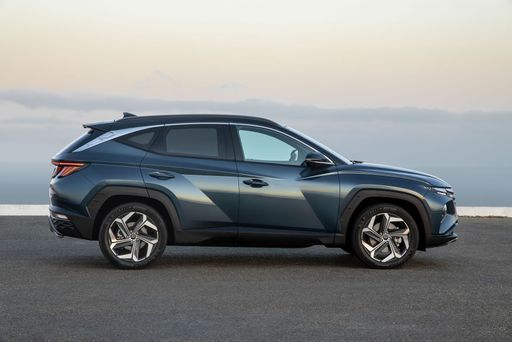 @ Hyundai Motor Company
@ Hyundai Motor Company
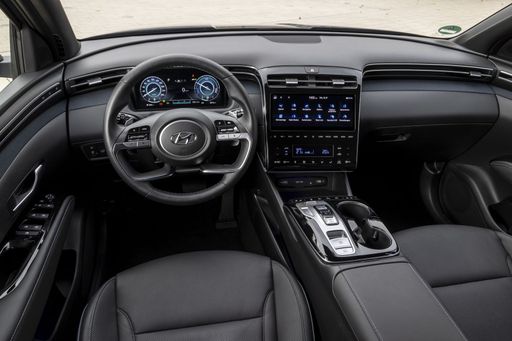 @ Hyundai Motor Company
@ Hyundai Motor Company
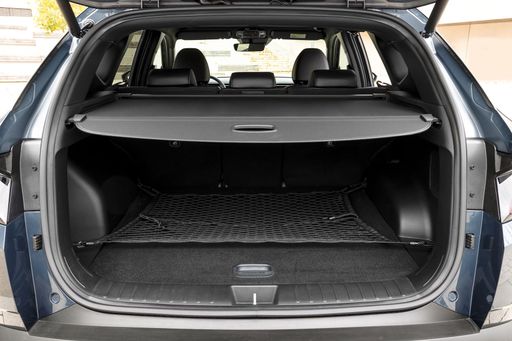 @ Hyundai Motor Company
@ Hyundai Motor Company
Suzuki S-Cross
The Suzuki S-Cross emerges as a versatile crossover, blending urban agility with a rugged presence suited for diverse terrains. Its design combines sleek, modern aesthetics with practicality, offering a spacious interior that comfortably accommodates passengers and cargo for varied journeys. Drivers will appreciate the advanced technology features that enhance both driving pleasure and safety, making the S-Cross a well-rounded option for those seeking reliability and style in a compact SUV.
details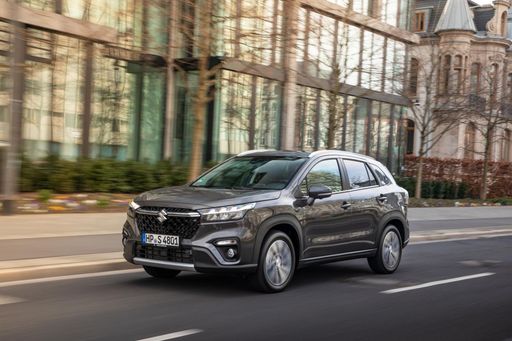 @ Suzuki Motor Corporation
@ Suzuki Motor Corporation
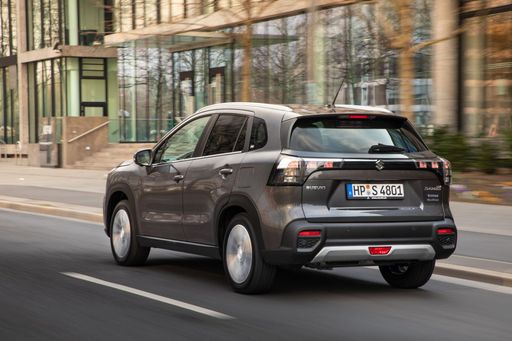 @ Suzuki Motor Corporation
@ Suzuki Motor Corporation
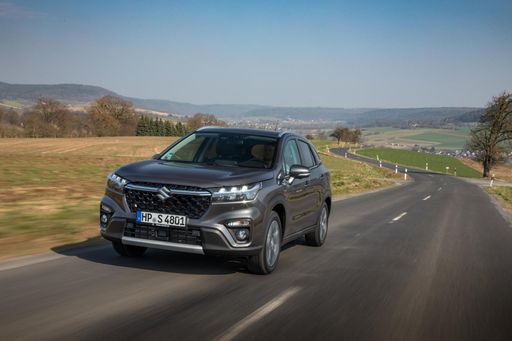 @ Suzuki Motor Corporation
@ Suzuki Motor Corporation
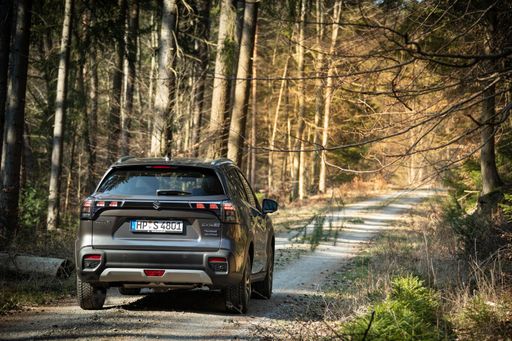 @ Suzuki Motor Corporation
@ Suzuki Motor Corporation
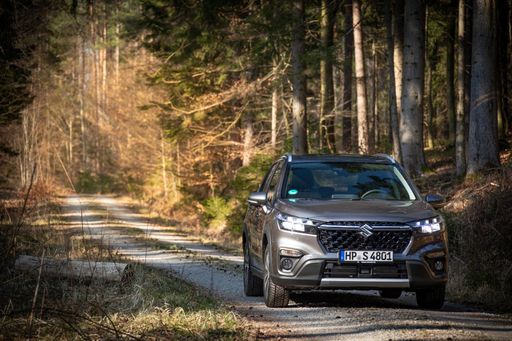 @ Suzuki Motor Corporation
@ Suzuki Motor Corporation
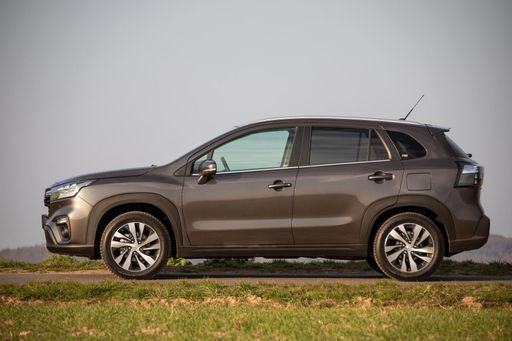 @ Suzuki Motor Corporation
@ Suzuki Motor Corporation
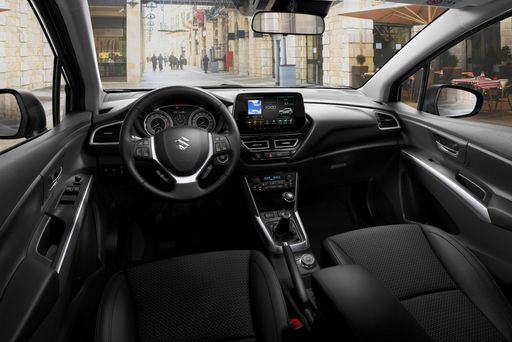 @ Suzuki Motor Corporation
@ Suzuki Motor Corporation
 @ Hyundai Motor Company
@ Hyundai Motor Company
|
 @ Suzuki Motor Corporation
@ Suzuki Motor Corporation
|
|
|
|
Costs and Consumption |
|
|---|---|
|
Price
30600 - 46300 £
|
Price
21800 - 33700 £
|
|
Consumption L/100km
1 - 6.9 L
|
Consumption L/100km
5.1 - 5.8 L
|
|
Consumption kWh/100km
-
|
Consumption kWh/100km
-
|
|
Electric Range
64 - 70 km
|
Electric Range
-
|
|
Battery Capacity
-
|
Battery Capacity
-
|
|
co2
22 - 156 g/km
|
co2
116 - 131 g/km
|
|
Fuel tank capacity
42 - 54 L
|
Fuel tank capacity
47 L
|
Dimensions and Body |
|
|---|---|
|
Body Type
SUV
|
Body Type
SUV
|
|
Seats
5
|
Seats
5
|
|
Doors
5
|
Doors
5
|
|
Curb weight
1520 - 1889 kg
|
Curb weight
1280 - 1435 kg
|
|
Trunk capacity
546 - 620 L
|
Trunk capacity
430 L
|
|
Length
4510 - 4520 mm
|
Length
4300 mm
|
|
Width
1865 mm
|
Width
1785 mm
|
|
Height
1650 mm
|
Height
1580 mm
|
|
Max trunk capacity
1721 - 1799 L
|
Max trunk capacity
1230 L
|
|
Payload
525 - 545 kg
|
Payload
375 - 405 kg
|
Engine and Performance |
|
|---|---|
|
Engine Type
Diesel MHEV, Petrol MHEV, Petrol, Full Hybrid, Plugin Hybrid
|
Engine Type
Full Hybrid, Petrol MHEV
|
|
Transmission
Automatic, Manuel
|
Transmission
Automatic, Manuel
|
|
Transmission Detail
Dual-Clutch Automatic, Manual Gearbox, Automatic Gearbox
|
Transmission Detail
Automated Manual, Manual Gearbox
|
|
Drive Type
Front-Wheel Drive, All-Wheel Drive
|
Drive Type
Front-Wheel Drive, All-Wheel Drive
|
|
Power HP
136 - 252 HP
|
Power HP
116 - 129 HP
|
|
Acceleration 0-100km/h
7.9 - 11.6 s
|
Acceleration 0-100km/h
9.50 s
|
|
Max Speed
180 - 194 km/h
|
Max Speed
175 - 195 km/h
|
|
Torque
265 - 367 Nm
|
Torque
235 Nm
|
|
Number of Cylinders
4
|
Number of Cylinders
4
|
|
Power kW
100 - 185 kW
|
Power kW
85 - 95 kW
|
|
Engine capacity
1598 cm3
|
Engine capacity
1373 - 1462 cm3
|
General |
|
|---|---|
|
Model Year
2024
|
Model Year
2024
|
|
CO2 Efficiency Class
E, F, D, B
|
CO2 Efficiency Class
D
|
|
Brand
Hyundai
|
Brand
Suzuki
|
What drive types are available for the Hyundai Tucson?
Available configurations include Front-Wheel Drive or All-Wheel Drive.
The prices and data displayed are estimates based on German list prices and may vary by country. This information is not legally binding.
